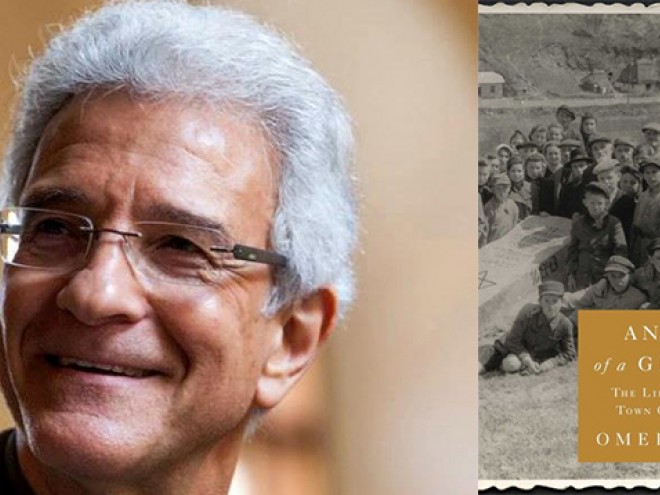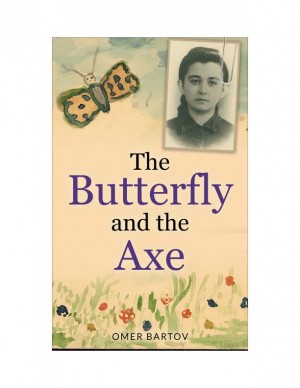Given the thousands of books and articles written about the Shoah, it is difficult to imagine that something new can be said about the murder of European Jewry. Yet, Omer Bartov’s new book — with a focus on the East European border town of Buczacz, today part of Ukraine — does exactly that.
Prior to World War II, Buczacz fell under Polish rule; following the Nazi pact with the Soviet Union in August 1939, it fell under ruthless Soviet occupation. After Nazi Germany’s invasion of the Soviet Union in June 1939, the town was “liberated” by the Germans. The gist of Bartov’s remarkable book covers the implementation of the Nazis’ Final Solution in eastern Galicia in general, and Buczacz in particular, aided and abetted by Ukrainian auxiliaries.
For centuries, Buczacz was home to Poles, Ukrainians, and Jews. The first few chapters of Bartov’s book describe the prewar relationship between these three groups. At times living in harmony with one another, the Poles, nevertheless, attempted to brutally eliminate any vestiges of Ukrainian culture, which resulted in constant rebellion by Ukrainian nationalists. Both sides played the Jewish people against one another, especially after the Soviet occupation, when Poles and Ukrainians accused Jews of collaborating with the Soviets. This led to genocidal attacks, mostly by Ukrainians; these brutalities foreshadowed the decimation of much of the Jewish population during the Holocaust.
Bartov describes more than the murderous atrocities of the Ukrainians and Nazis towards the Jews. He notes that following the war, “the memory of the Ukrainian nationalists’ complicity in the genocide of the Jews…was erased from their post-communist glorification.” Bartov says that if the Poles described the Ukrainian nationalists “as savages” and the Jews saw them as “worse than the Germans,” from their own point of view they were martyrs of a just and holy cause: the liberation of their land from foreign oppression. That goal, writes Bartov, “ justified the means, including massacres, ethnic cleansing, and genocide.”
Anatomy of a Genocide explains why, in many parts of Europe, and especially in the East, there is a reluctant acknowledgement — if one at all — of Hitler’s war against the Jews. After all, many non-Jewish Ukrainians, Poles, and other Eastern Europeans see themselves as having been victimized by the Nazis as much as Jews. The competition for victimhood that began with the war and continues to this day, argues Bartov, accounts for a distorted collective memory of the Jewish genocide.



